Mud kitchens are wonderful for toddlers, preschoolers, and early elementary kids, but each age plays differently. A few simple tweaks make the space feel “just right.”
Quick note from our house: At the time of writing I have a 2- and a 4-year-old. My two-year-old is all about transferring water from one container to the next, while my four-year-old loves mashing berries with a mortar and pestle to squeeze out the juice for her complex flower potions. Same kitchen, different play, both perfect.
Toddlers (about 1–3)
What they’re working on: scooping, pouring, dumping, cause-and-effect, first words for actions (pour, stir, splash).
Set up for success: low, sturdy surface, one or two shallow tubs, big-grip tools, shallow water.
Great tools: large cups and bowls, ladles, colander/strainer, potato masher, big funnel.
Easy prompts: “fill and spill,” “wash the rocks,” “mix muddy soup.”
Safety: keep water shallow, avoid tiny, hard items (choking hazards), stay close.
Preschoolers (about 3–5)
What they’re working on: pretend play, counting and measuring, fine-motor skills, sharing and turn-taking.
Set up for success: elbow-height counter, hooks for tools, labeled bins, a small chalkboard.
Great tools: measuring cups/spoons, whisk, muffin tin, small mortar & pestle, scales, funnels, recycled containers with lids.
Easy prompts: “bakery/café,” “potion lab,” “color mixing with petals,” “delivery service” (tray and order slips).
Early elementary (about 6–8+)
What they’re working on: planning, reading/writing, early science and engineering.
Set up for success: add a balance scale, clipboards, and buildable elements (gutters, tubes, dams).
Great tools: graduated jugs, sieve set, simple pump sprayer, rubber mallet for “brick” molds, tape measure.
Easy prompts: write a menu and price list, measure “recipes”, design a canal system; test dissolving (salt vs. sand), measure how fast ice melts in sun vs. shade.












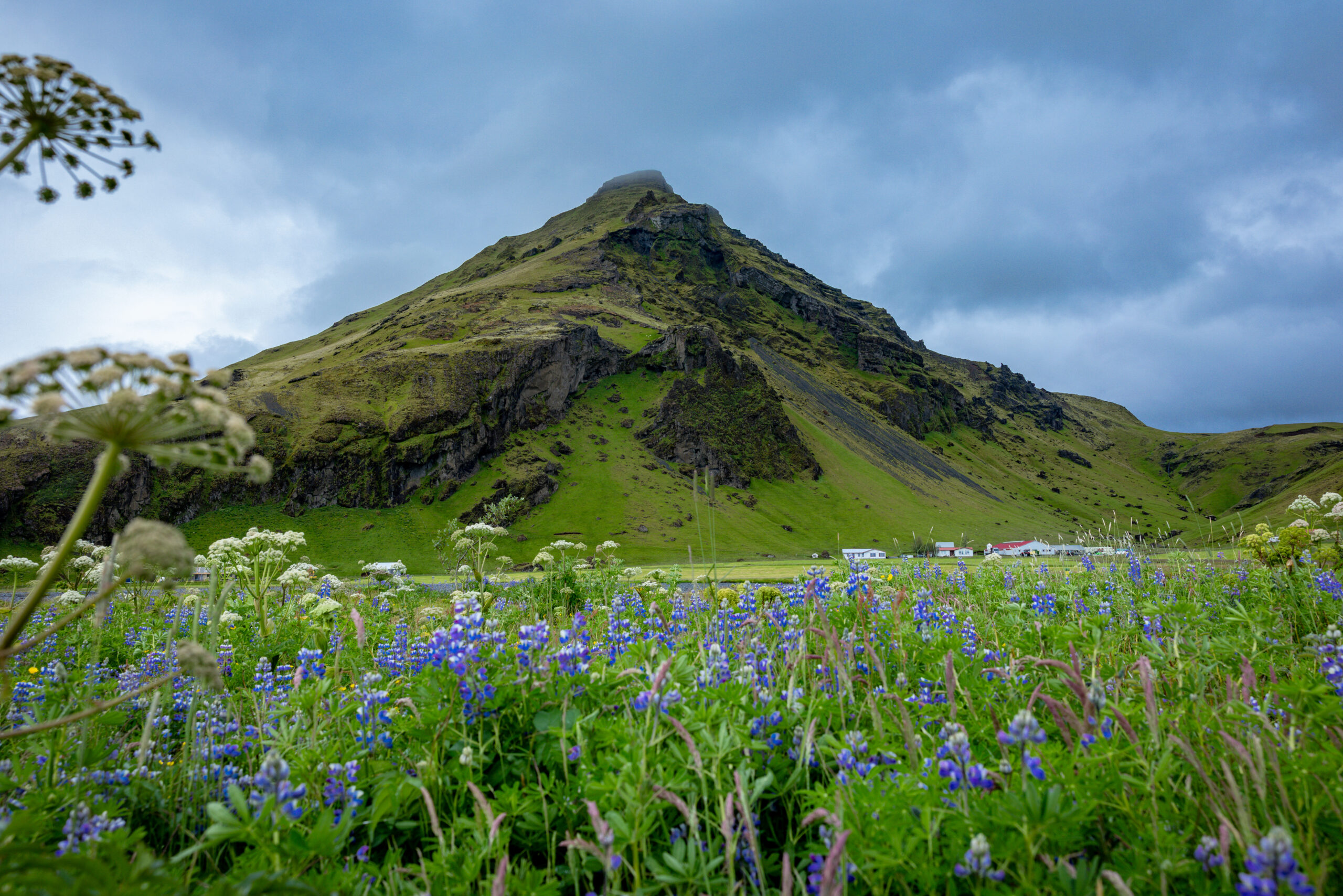
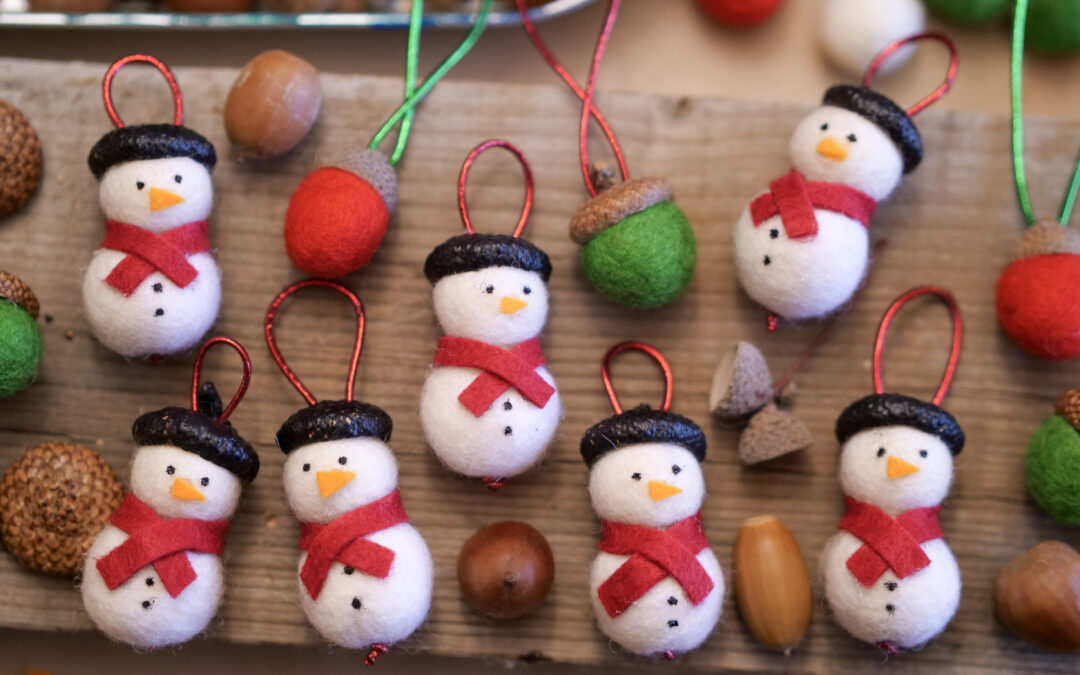
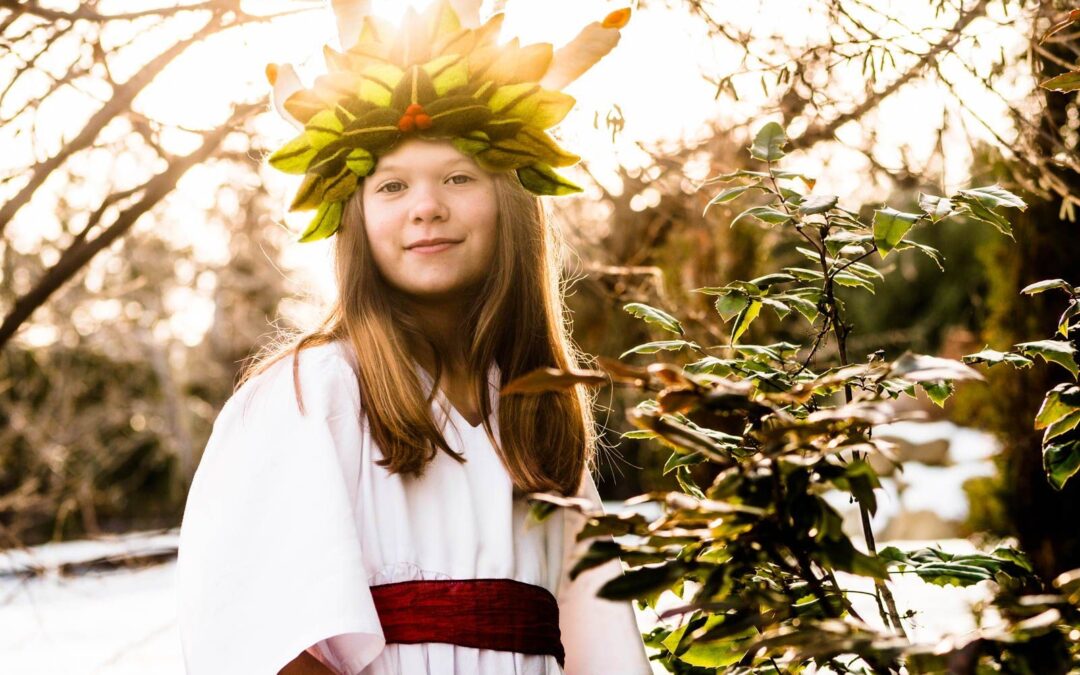
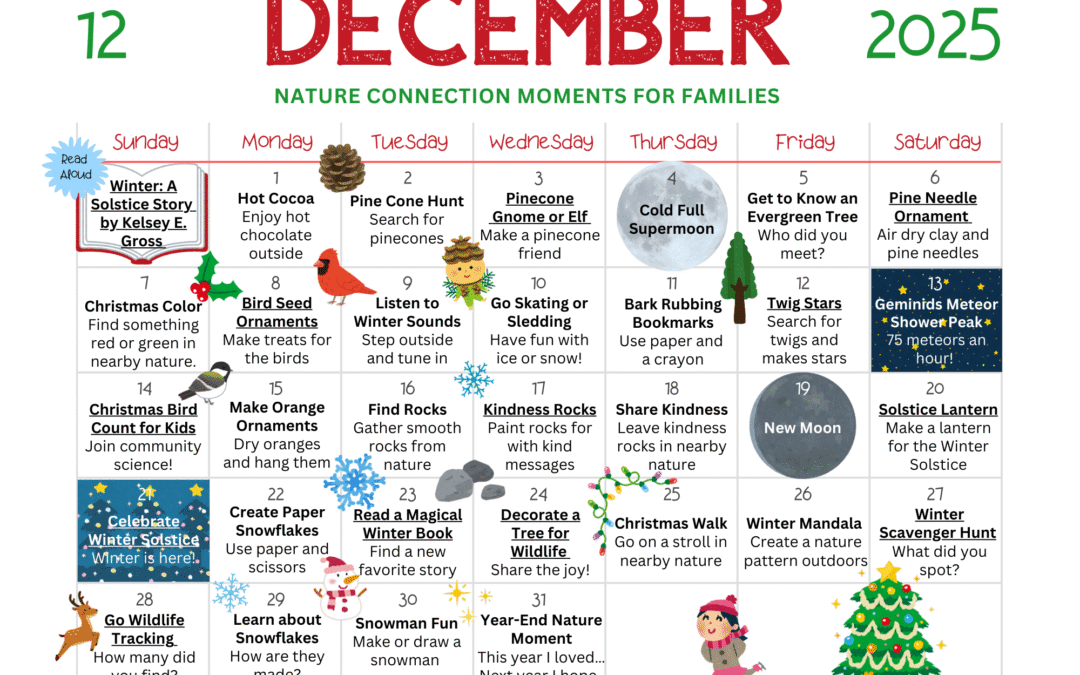

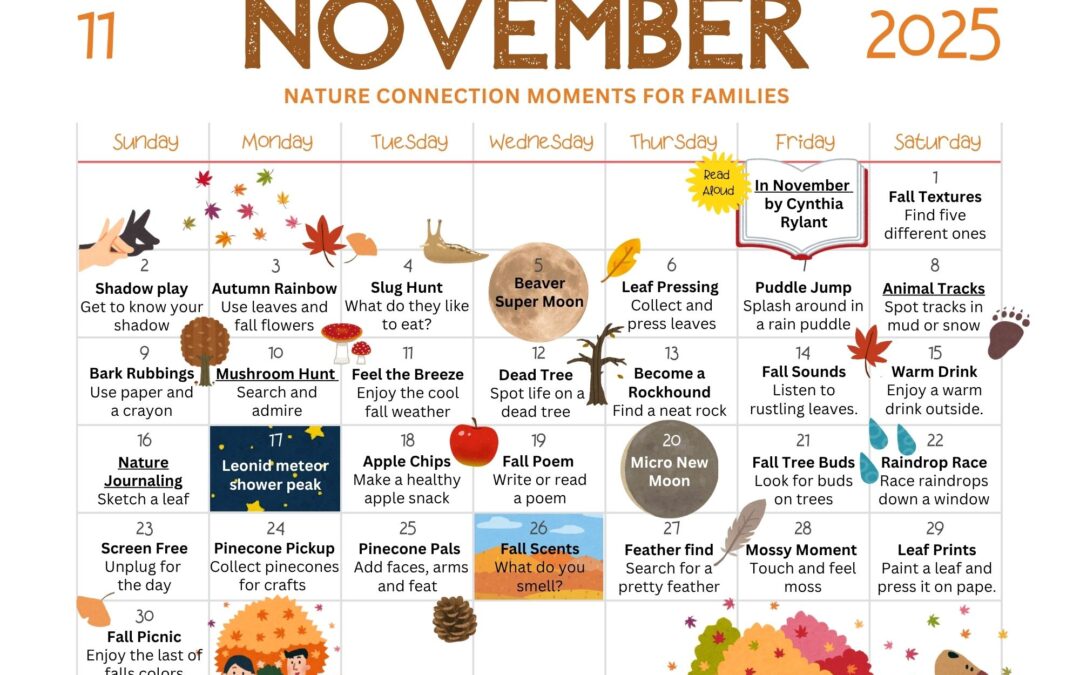
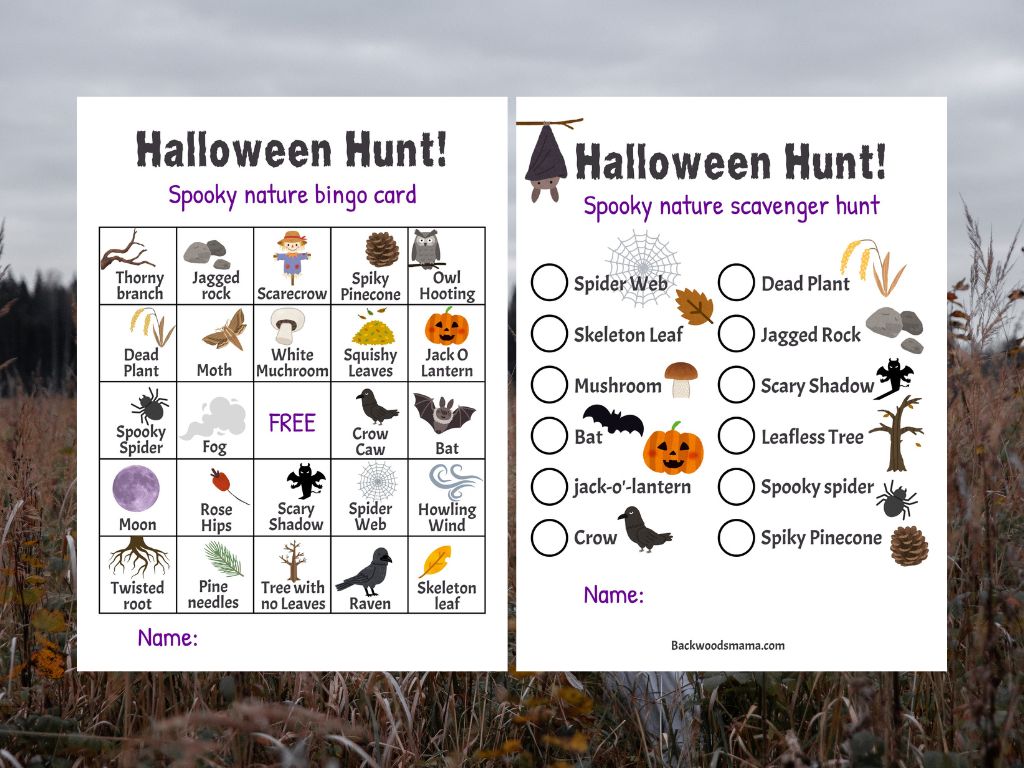
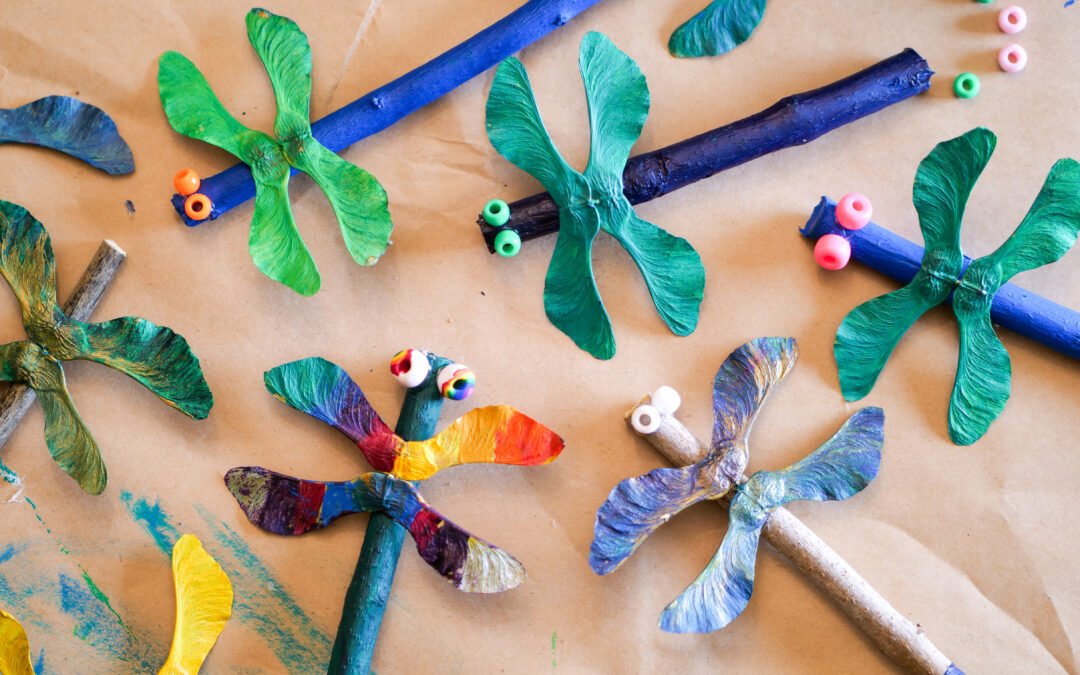
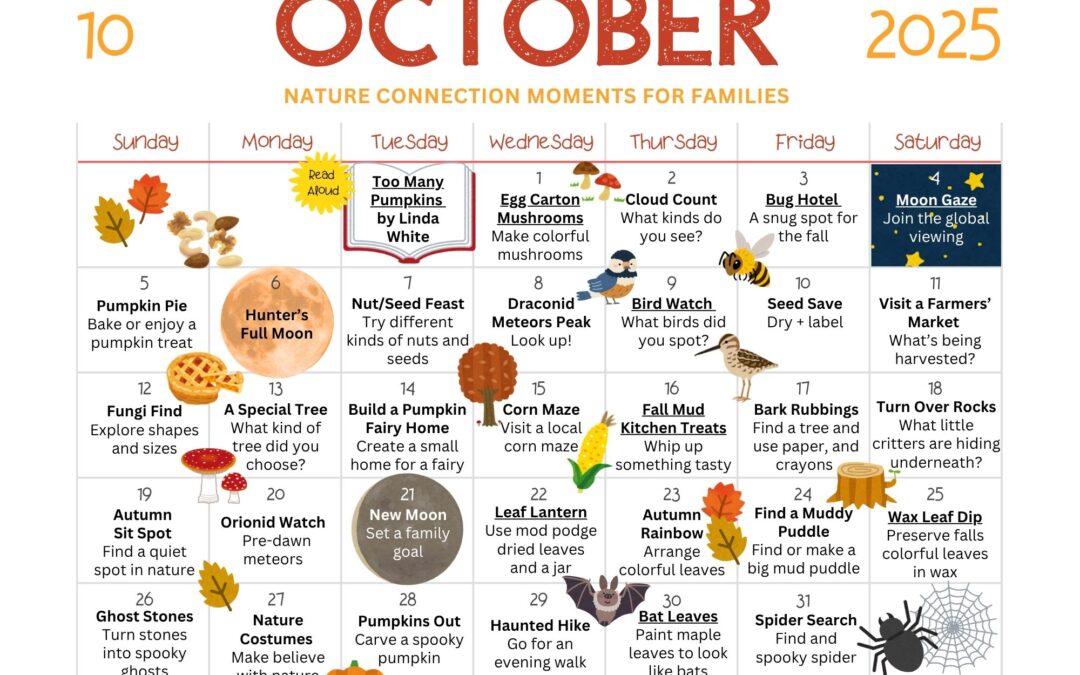

0 Comments